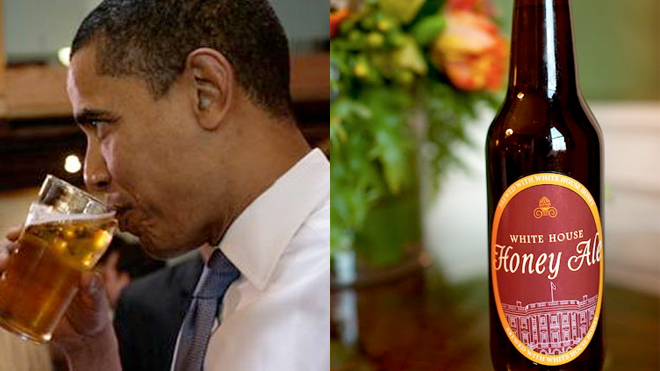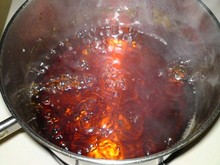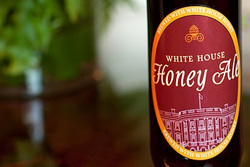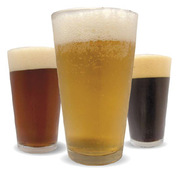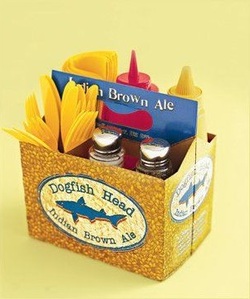I guess the next best thing to brewing for the president would be to brew the recipes. The problem is, like with all government requests, is that the government doesn't like to release information unless forced to... even beer recipes! So what's the best way to force the government to do something? Submit a petition. That's right, one user on the social media website Reddit submitted a petition to release the president's White House Honey Ale.
The petition, like all petitions, requires 25000 votes to be eligible for review. So far there's only a little over 2500. So, I think it's time for beer lovers to unite! Go here to [Read More] and sign the petition. Your country is counting on you!
